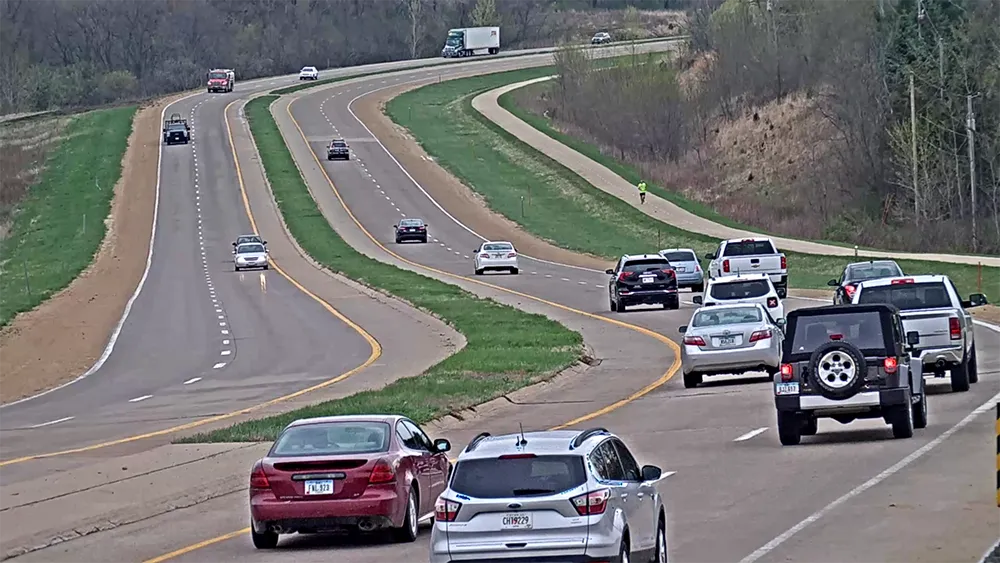A pair of glasses with built-in automatic number plate recognition (ANPR) has been developed by Intertraffic exhibitor Lector Vision. The glasses have an onboard camera, GPS and a CPU along with software to allow plate recognition to be executed inside the glasses.
April 6, 2016
Read time: 1 min

A pair of glasses with built-in automatic number plate recognition (ANPR) has been developed by Intertraffic exhibitor 7545 Lector Vision. The glasses have an onboard camera, GPS and a CPU along with software to allow plate recognition to be executed inside the glasses.
In addition the glasses have a wifi link to a smartphone, to through which it exports data to the Lector Vision's remote Traffic Command Centre.
Also on display is the Traffic Eye, a more traditional ANPR camera and an ‘all-in-one’ system that integrates the camera, control electronics, illumination, image processing and control in a single device.









